We started our tour of Croatia on 10-September with the obligatory visit to Zagreb. Not dissing Zagreb at all. It’s a nice city and we spent our time visiting some museums, seeing the sights, and enjoying a lot of beer and food. It was all good fun but not very photogenic or filled with stories. Highlights were definitely the Croatian Museum of Naïve Art and the Museum of Broken Relationships. We even bought some art and shipped it home. Not from Croatia, of course, because we learned the artists have to fill out paperwork related to exporting of national treasures or some such thing. It was really crazy, so we carried it around until we could ship it from Italy. Who knew.
Our real exploration of Croatia began when we rented our car and started our two-week tour, similar to our strategy in Slovenia. It is a great way to get to some out-of-the-way places and really experience the local culture. In a previous post, we mentioned how small the Slovenian Coast is. That is not the same with Croatia, and we spent quite a lot of our time in coastal towns, starting with the little town of Pula. The other towns may have glitz, but Pula had charm and was just our speed.
Pula is located on the Adriatic coast of Croatia and has a moderate sized port with a population around 50,000 people. Pula is popular for its convenient location providing easy access to many of Croatia’s coastal resorts and swimming. And we’re talking family fun time resorts with water parks, go-carts, minigolf–the works. We were glad Pula was away from all that.
Our first stop was a tour around Pula’s coast to the popular sea access points for swimming. Mostly rocky outcroppings along the water with one area containing a lovely beach.
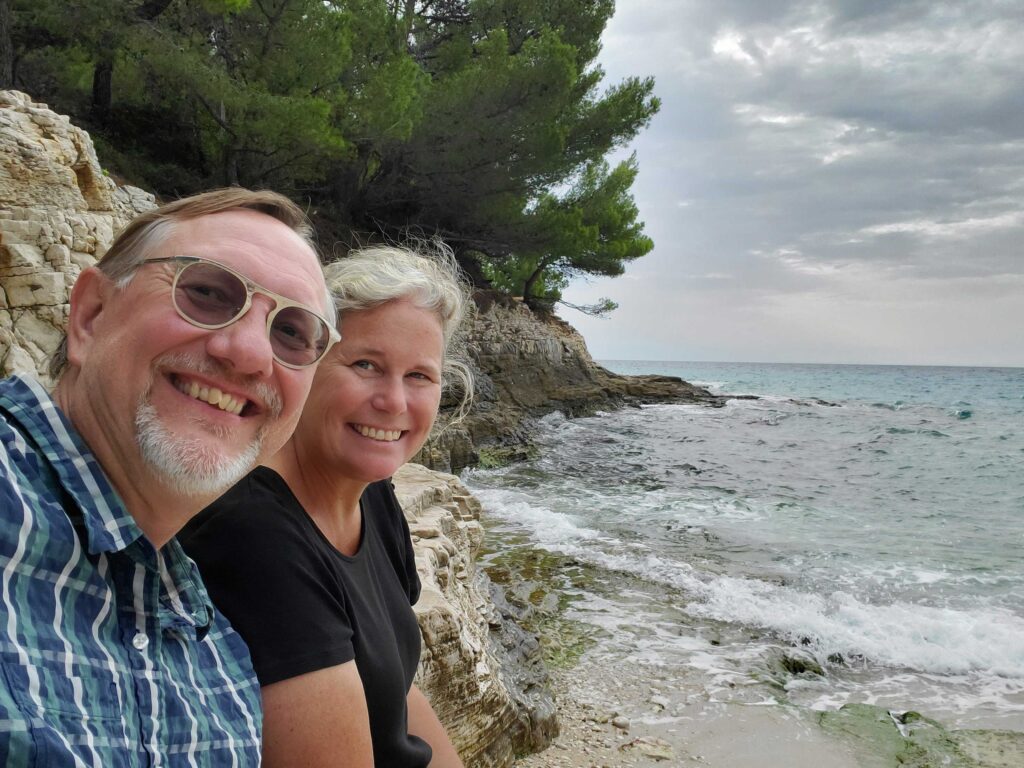
Pula’s most famous attraction, however, is the concentration of truly excellent Roman ruins inside the city. You can walk to everything without needing a car. The Roman arena in Pula is one of the most intact in the entire world. It dominates the views in the town, and we took quite a few pictures.
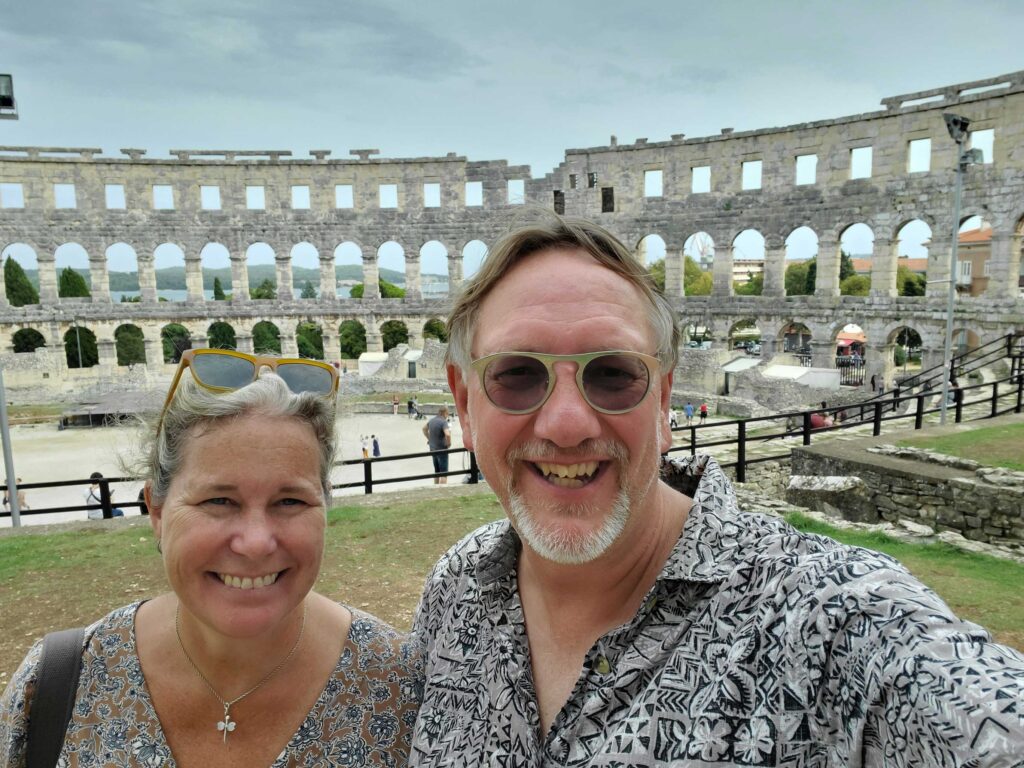
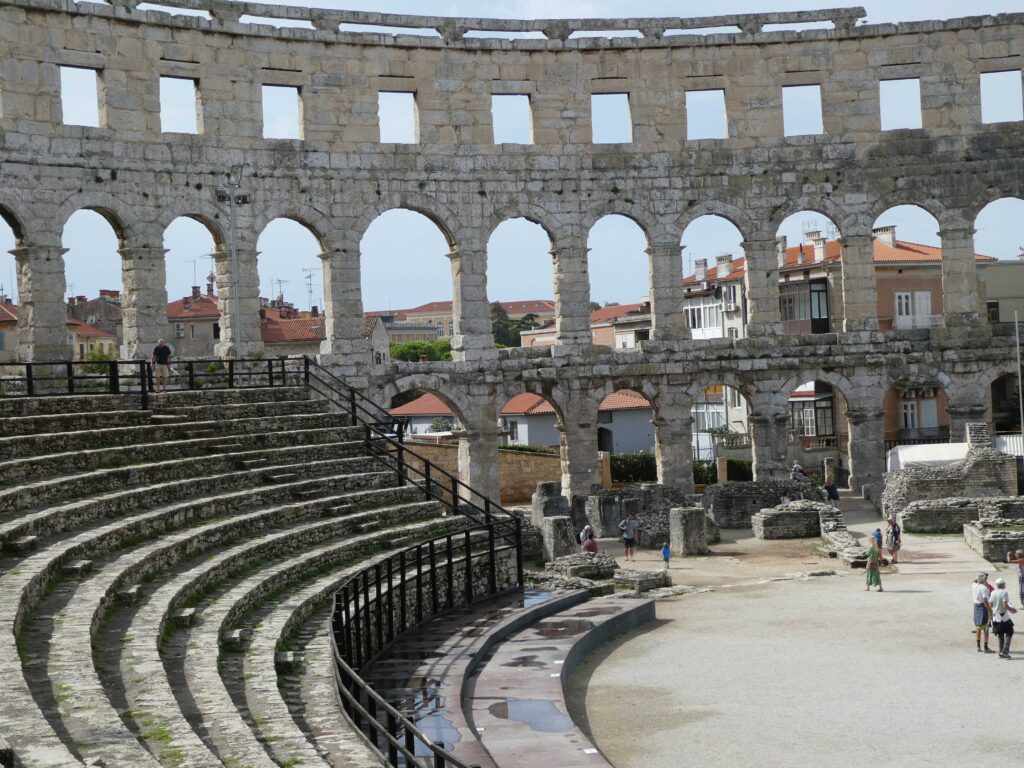

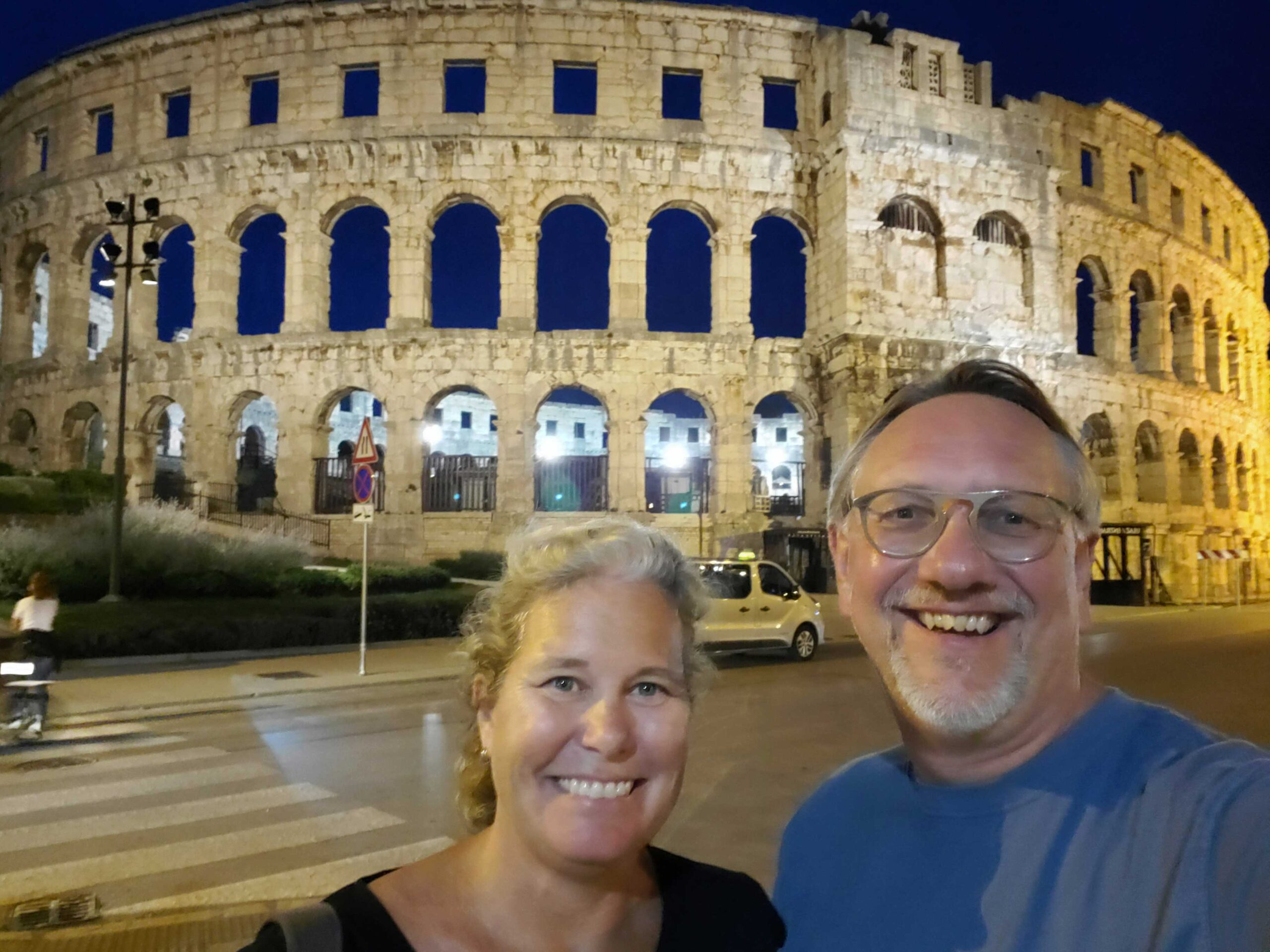
The colosseum in Rome is obviously the most well-known and famous Roman arena. While the colosseum is bigger, Pula’s arena feels more impressive because of how the entire town was built around it and how they make it part of the community. It’s just another concert venue, and you can catch shows there on any weekend during the summer. We can now call ourselves somewhat experts on Roman arenas having actually visited four of them on this trip in Rome, Pula, Verona, and Pompeii. More pictures of arenas and ruins to come from those other areas. For now, you get to enjoy the ones we toured in Pula.
The Roman ruins in the middle of Pula include the obligatory arch (Arch of the Sergii) and a temple dedicated to Augustus, the reigning ruler at the time. It is an impressive edifice worthy of an emperor for sure.

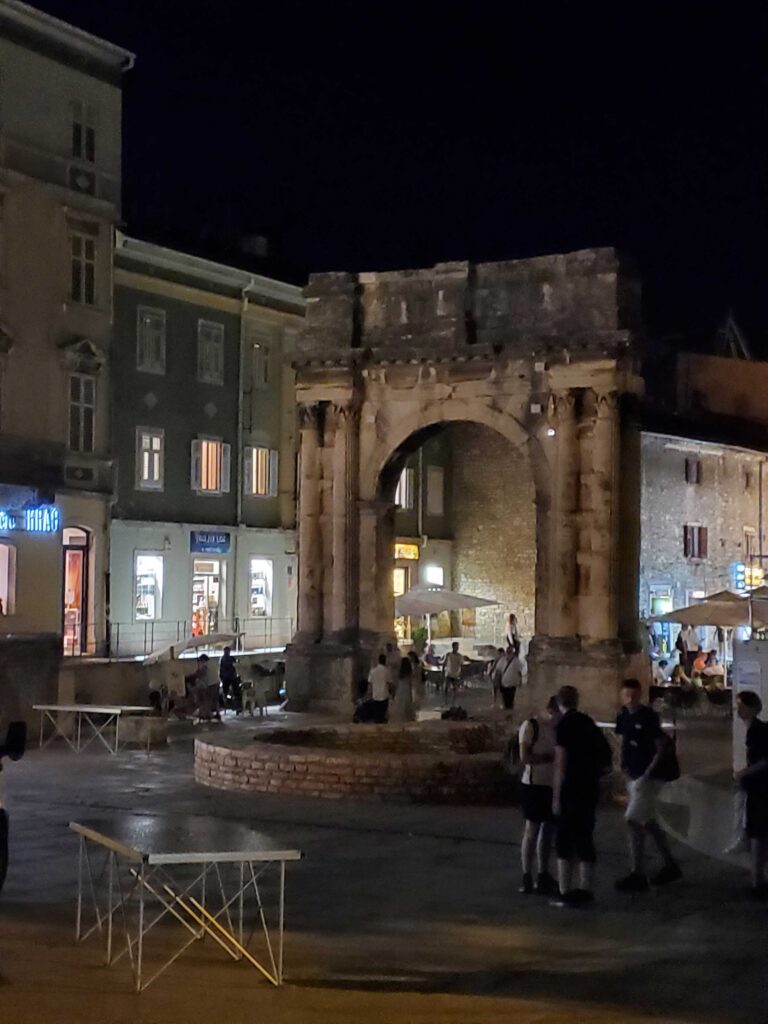
When we say that the town just surrounds the Roman ruins like they’re a simple part of everyday life, it isn’t hyperbole. There is a truly excellent mosaic floor that was discovered very close to the guest house we stayed in. We were a little surprised about the explanation of where it was. Our host said the mosaic floor needed a good hosing off, and she was right. Across the parking lot from our lodging, toward the dentist and a clothing store, you’ll find a fenced off area you might otherwise overlook. Here’s Ande capturing the experience.

Yes, you’re allowed to go through the gate even though the dentist isn’t open and you don’t actually live in the apartment building. Off to the right-hand side in a fenced area you might otherwise think looks like a dog walking area or bike storage, you find something 2000 years old in amazing condition.

We parked our car about 30 feet from this location and heard that they had plans to do more excavation to see if there is more beneath where we were walking. Just amazing what might be under your backyard in Pula.
To get a real feel for the size of the town, we hiked up to the town’s fortress. Every town has someplace they kept their cannons, and Pula was no exception. The hill in the middle of town had great views of the port and the surrounding area.
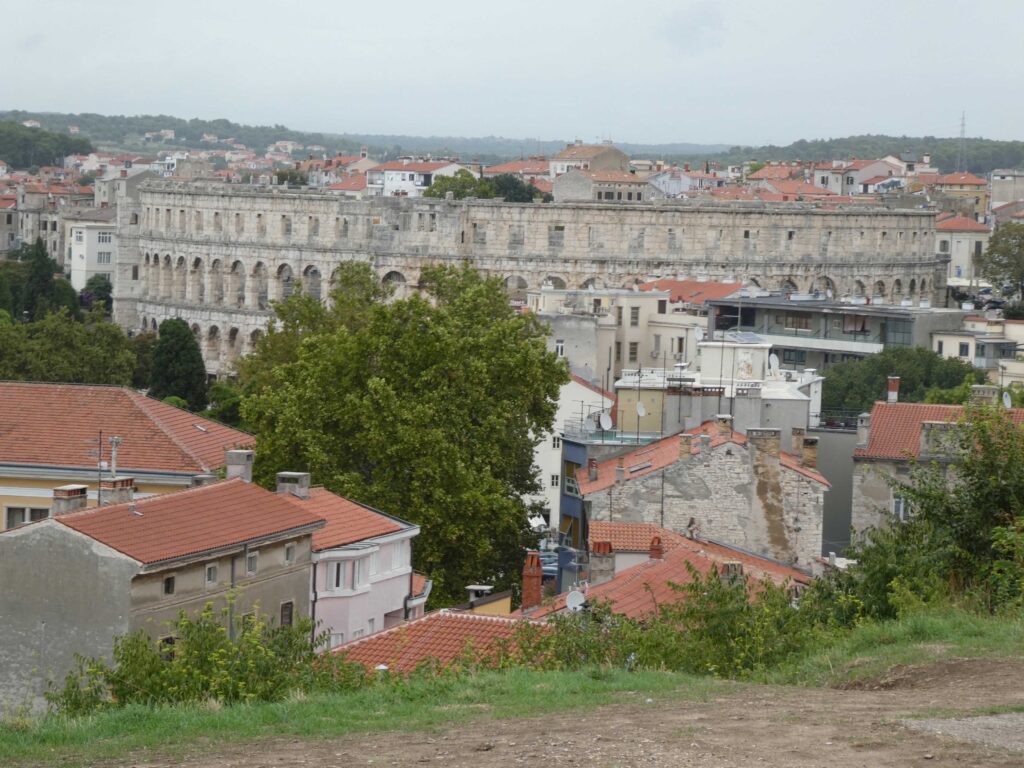
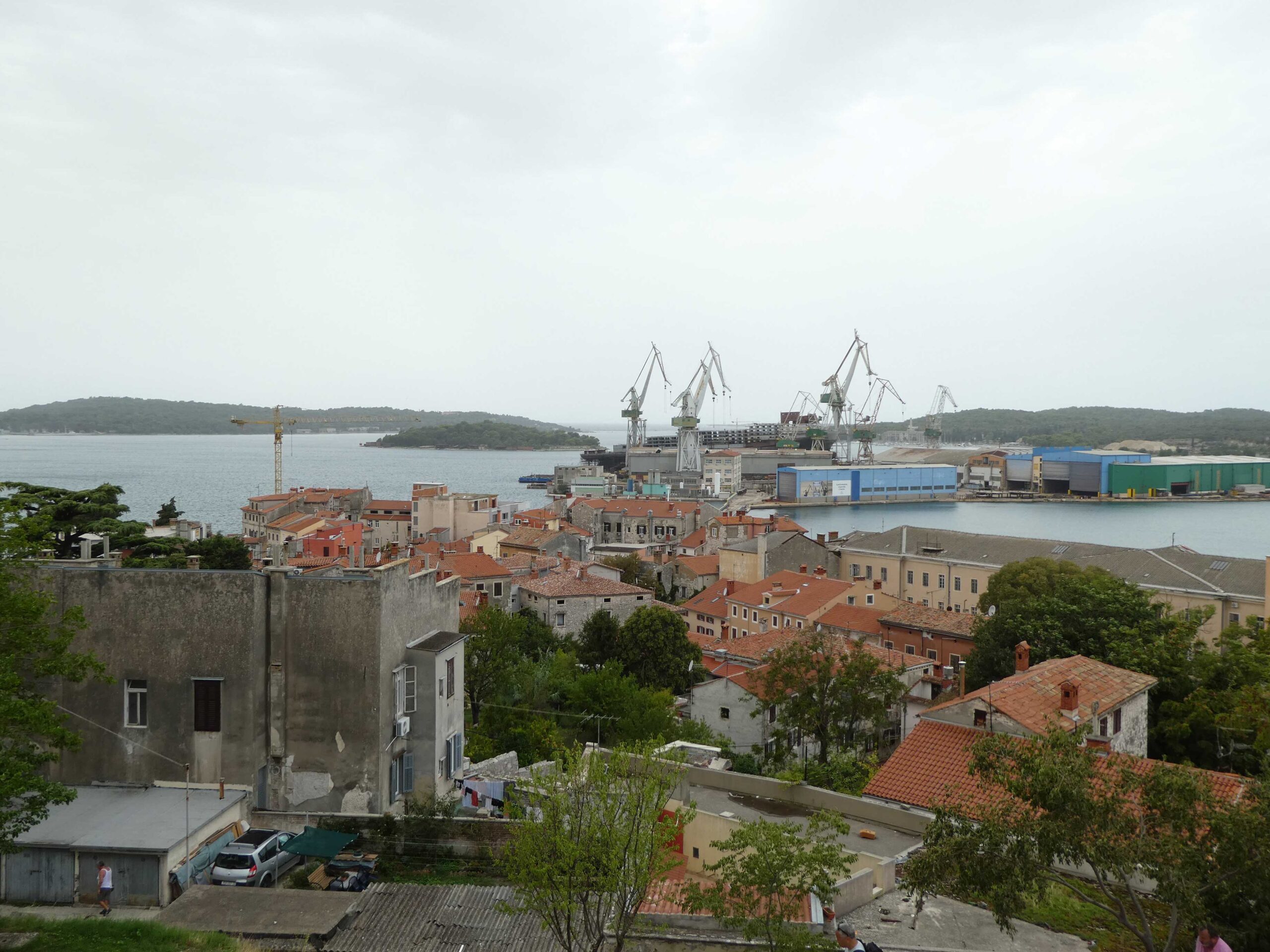
Sometimes, random timing is the best thing about travel. If you actually plan ahead and visit during major festivals and events, then you know what you’re going to experience. That’s all well and good, but for the haphazard traveler, like us, there’s a certain joy in accidentally being in town when something major is happening. This was our experience in Pula. We just happened to be there unintentionally during the Pula Festival of Light. The Festival turned many of the Roman ruins into an amazing light show. We spent a couple of nights wandering around town enjoying the displays. We took a bunch of pictures, but the best way to share the experience is through video. Here’s the small clip show we cobbled together.
Pula also had great restaurants and cafes that weren’t so busy you couldn’t get in–this became much more of a problem in Italy, but we will get to that later. In addition to ruins, ocean, and light shows, we had some amazing food and wine. It was a great introduction into what Croatia had to offer outside the city.
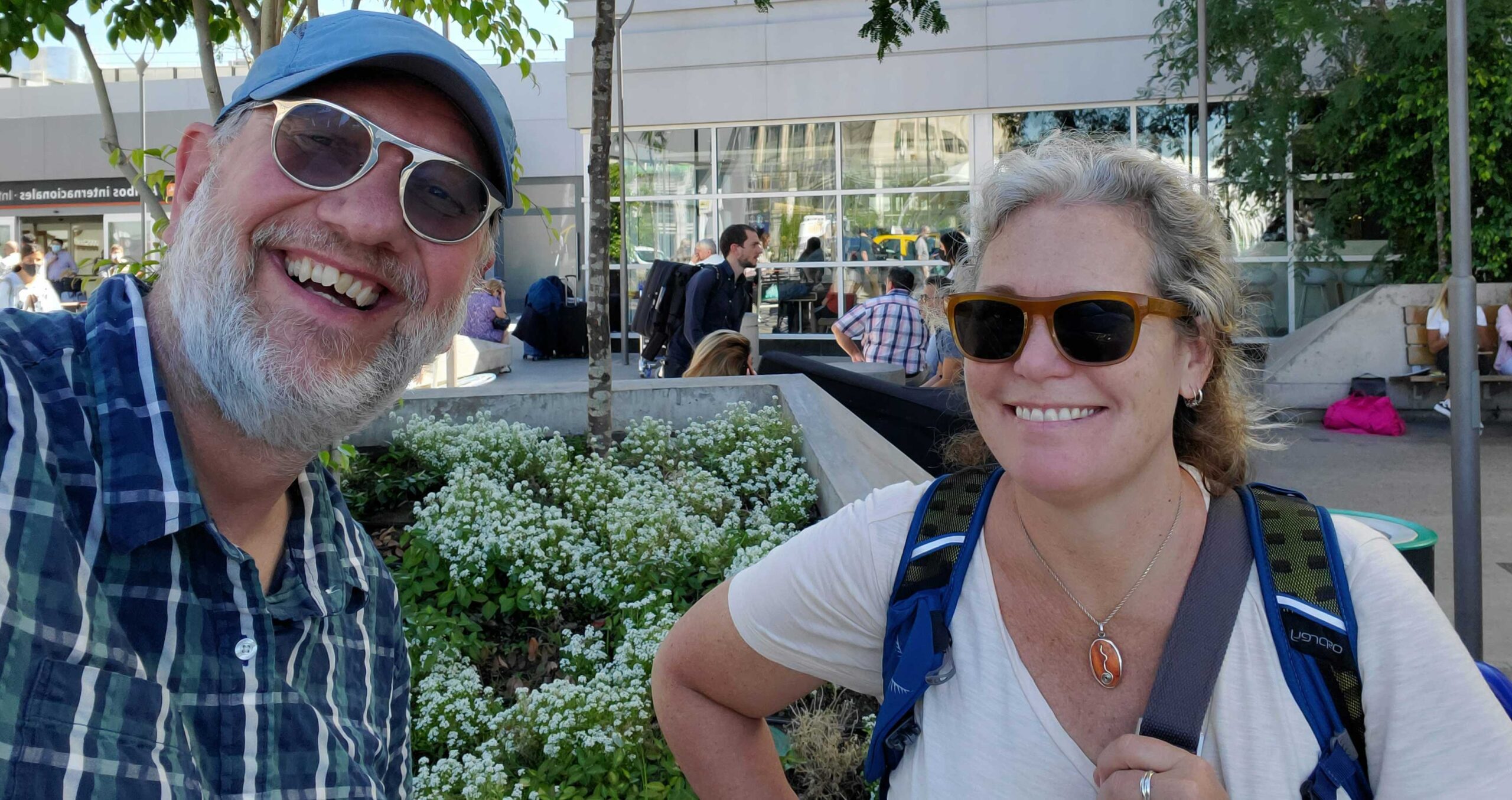
Just another concert venue…